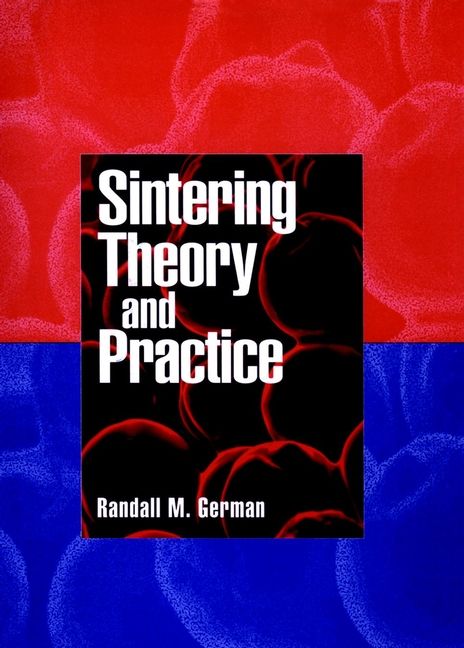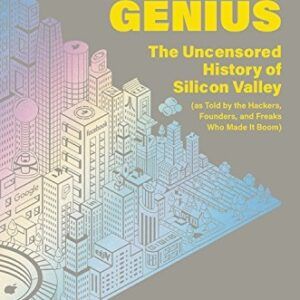Although sintering is an essential process in the manufacture ofceramics and certain metals, as well as several other industrialoperations, until now, no single book has treated both thebackground theory and the practical application of this complex andoften delicate procedure. In Sintering Theory and Practice, leadingresearcher and materials engineer Randall M. German presents acomprehensive treatment of this subject that will be of great useto manufacturers and scientists alike.<br> <br> This practical guide to sintering considers the fact that while thebonding process improves strength and other engineering propertiesof the compacted material, inappropriate methods of control maylead to cracking, distortion, and other defects. It provides aworking knowledge of sintering, and shows how to avoid problemswhile accounting for variables such as particle size, maximumtemperature, time at that temperature, and other problems that maycause changes in processing.<br> <br> The book describes the fundamental atomic events that govern thetransformation from particles to solid, covers all forms of thesintering process, and provides a summary of many actual productioncycles. Building from the ground up, it begins with definitions andprogresses to measurement techniques, easing the transition,especially for students, into advanced topics such as single-phasesolid-state sintering, microstructure changes, the complications ofmixed particles, and pressure-assisted sintering. German draws onsome six thousand references to provide a coherent and lucidtreatment of the subject, making scientific principles andpractical applications accessible to both students andprofessionals. In the process, he also points out and avoids thepitfalls found in various competing theories, concepts, andmathematical disputes within the field.<br> <br> A unique opportunity to discover what sintering is all about–bothin theory and in practice<br> <br> What is sintering? We see the end product of this thermal processall around us–in manufactured objects from metals, ceramics,polymers, and many compounds. From a vast professional literature,Sintering Theory and Practice emerges as the only comprehensive,systematic, and self-contained volume on the subject.<br> <br> Covering all aspects of sintering as a processing topic, includingmaterials, processes, theories, and the overall state of the art,the book<br> * Offers numerous examples, illustrations, and tables that detailactual processing cycles, and that stress existing knowledge in thefield<br> * Uses the specifics of various consolidation cycles to illustratethe basics<br> * Leads the reader from the fundamentals to advanced topics,without getting bogged down in various mathematical disputes overtreatments and measurements<br> * Supports the discussion with critically selected references fromthousands of sources<br> * Examines the sintering behavior of a wide variety of engineeredmaterials–metals, alloys, oxide ceramics, composites, carbides,intermetallics, glasses, and polymers<br> * Guides the reader through the sintering processes for severalimportant industrial materials and demonstrates how to controlthese processes effectively and improve present techniques<br> * Provides a helpful reference for specific information onmaterials, processing problems, and concepts<br> <br> For practitioners and researchers in ceramics, powder metallurgy,and other areas, and for students and faculty in materials scienceand engineering, this book provides the know-how and understandingcrucial to many industrial operations, offers many ideas forfurther research, and suggests future applications of thisimportant technology.<br> <br> This book offers an unprecedented opportunity to explore sinteringin both practical and theoretical terms, whether at the lab or inreal-world applications, and to acquire a broad, yet thorough,understanding of this important technology.
Sintering Theory and Practice
₹16,256.00
This book is currently not in stock. You are pre-ordering this book.




